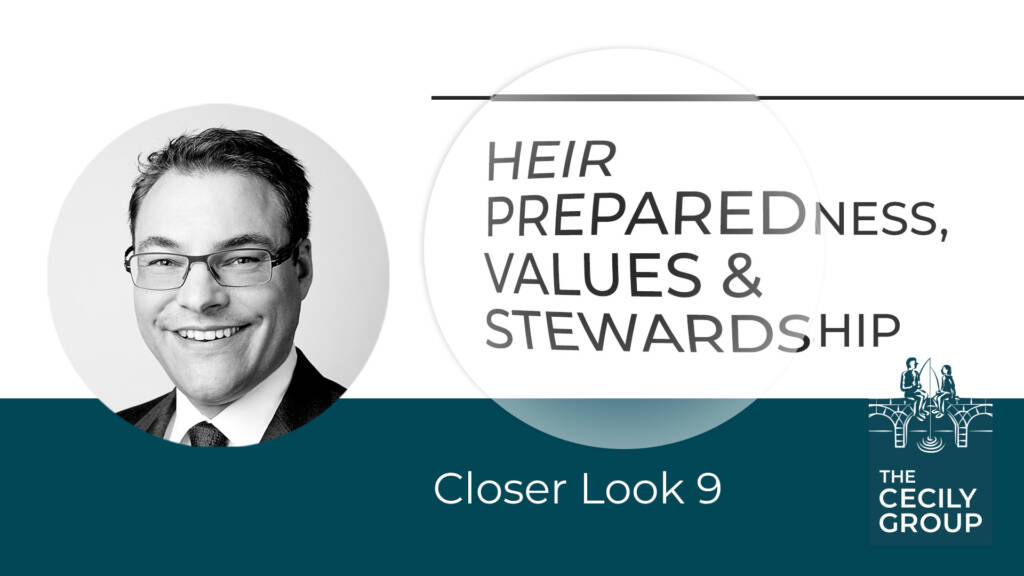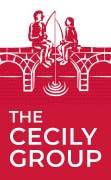
Among the families we serve, the most profound questions often have little to do with market forecasts, asset allocation or the latest twist in tax laws. They are usually centred on the continuity of character and purpose. A concern we hear frequently is this: “How do we actually transmit our core values in a way that they become guiding principles for our heirs?” This question reveals the wish to build a legacy that is as strong in its principles and reflects an understanding that a legacy of purpose is not simply handed down but needs to be passed on intentionally.
The common, well-meaning advice is to draft a family mission statement and, of course, to lead by example. This is a respectable and often necessary first step. A mission statement can serve as a vital declaration of intent, a guiding star for the family. Likewise, authentic leadership is the non-negotiable foundation of all value transmission. But these actions are merely the preface. To build an enduring legacy, we must move from simple declarations to deliberate design, constructing a system that actively forges young and old stewards.
A family enterprise is a unique ecosystem where family, ownership, and business intersect. Its decisions are often guided by an invisible current: the drive to preserve Socioemotional Wealth (SEW), which is the non-financial value owners derive from family control, identity, and unity. This focus fosters a powerful long-term orientation, but it can also create vulnerabilities like a risk aversion, that stifles necessary innovation. Two mindsets often collide. The first is a transactional view where self-interest requires monitoring and incentives. The second, which powers lasting legacies, is the Stewardship mindset. Stewards see themselves as caretakers, intrinsically motivated to serve the collective good out of a moral imperative to nurture what has been placed in their care. The most resilient families find an elegant balance, building a culture that inspires stewardship while having prudent structures in place.
For values to be more than aspirational, they must be embedded in the family’s operating system. This is where the architectural work begins that turns a static mission statement into a dynamic Family Constitution by outlining the structures, rights, and responsibilities that bring those values to life. In this framework, “integrity” ceases to be just a word when the constitution establishes clear conflict-of-interest policies. “Community involvement” becomes operationalised when it details the mission of a family foundation. A “work ethic” is embedded when the constitution sets clear policies for family members entering the enterprise, ensuring roles are earned, not just inherited.
If the constitution is the blueprint, then Family Councils and regular meetings are the workshops where the construction happens. These forums should be active arenas for communication, education, and the co-creation of meaning, not passive recitations. This is where the family can grapple with tangible dilemmas, like how a value of “modesty” translates to a social media presence. This process acknowledges a critical truth: values are not transmitted unidirectionally. Younger generations actively negotiate and reinterpret the legacies they inherit. A council that facilitates this dialogue, allowing for respectful challenge, builds a resilient, relevant legacy.
Ultimately, no amount of lecturing can instil a value as effectively as lived experience. It is through hands-on engagement that values are truly internalised. This can be achieved through structured philanthropy, such as creating discretionary pools within a family foundation that younger members control. This is a powerful training ground for financial literacy, due diligence, and understanding the family’s impact. A robust work ethic is likewise fostered through early exposure to responsibility, with real performance requirements and accountability.
While these formal structures are crucial, we cannot underestimate the power of intentional storytelling. Stories of crisis and success convey lessons and values implicitly and emotionally, making them more credible and memorable than a list of principles.
Even the most thoughtfully designed architecture can fail if common pitfalls aren’t anticipated. One major risk is the “Values on Paper” syndrome, where a beautiful constitution gathers dust because of a disconnect between leaders’ values and their daily behaviours. This breeds a cynicism that no document can overcome. Another risk is structural rigidity, where a centralised system stifles the autonomy and innovation the next generation needs to develop. This can trigger an “ability-willingness paradox,” where heirs have the training but lack the motivation because they feel constrained. Perhaps the most subtle challenge is securing genuine intergenerational buy-in. A top-down approach is destined to be met with resistance. True success comes not from demanding conformity, but from creating a system where the next generation can engage with, question, and ultimately find their own unique way to contribute.
Building a legacy of purpose is an active, ongoing process of design and engagement. It requires moving beyond platitudes to create a robust system of governance, communication, and experience. By undertaking this architectural work, you give your heirs something far more valuable and enduring than wealth alone. You provide them with a compass of shared values, the tools of good governance, and the confidence to navigate the future as the capable, purpose-driven stewards you hope they will be.
